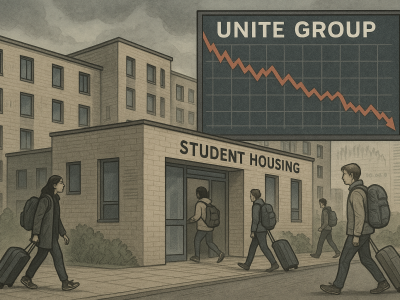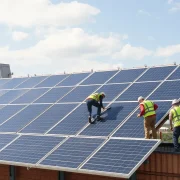
Severe floods in Thailand’s southern region are expected to slash rubber production in the world’s largest producer by up to 90,000 metric tons, a loss valued at 4.5 billion baht ($140 million), the national rubber authority announced on Thursday.
Flooding has severely impacted Thailand’s rubber industry, the world’s largest producer and exporter.
Floodwaters have covered 4.1 million rai (656,000 hectares) of rubber planting areas, affecting over 160,000 farmers, according to Perk Lertwangpong, chairman of the Rubber Authority of Thailand, who was quoted in a Reuters report.
Perk stated that approximately 40,000 tons of rubber production have been lost across nine provinces.
He warned that the loss could potentially double, reaching as high as 90,000 tons, by the time the floodwaters recede and production is able to resume.
Some areas have been hit very hard.
Global supply concerns and market reaction
Supply concerns pushed up Japanese rubber futures on Thursday, reflecting growing anxieties over global supply chain stability and production output, particularly from key Southeast Asian producers.
The commodity’s price surge on the Osaka Exchange was a direct reaction to potential or actual disruptions in the natural rubber supply.
The situation is particularly sensitive in Thailand, which is a global leader in natural rubber production.
According to a detailed report from Krungsri Research, the backbone of Thailand’s rubber industry is heavily concentrated in its southern region.
In 2023, this area accounted for over half of the country’s total rubber cultivation, which spans an immense 24 million rai (approximately 9.5 million acres).
The research highlighted that the province of Songkhla was among the hardest hit by recent issues—often citing factors like severe weather events, disease outbreaks, or labor shortages—which directly threaten to curtail output and, consequently, tighten global supply.
This geographic concentration of production means that localised disruptions in the south can have an immediate and outsized impact on international rubber markets, like the one witnessed in Japan.
Wider economic costs
Burin Adulwattana, managing director of Kasikorn Research Center, estimated the current overall economic impact at approximately 25 billion baht ($776 million).
He cautioned that this figure could increase significantly if factories cease operations and monetary circulation slows.
Rainfall in the area around Songkhla’s capital, Hat Yai, has reached approximately 630 mm (24.8 inches) since last Wednesday.
This figure surpasses the previous peak of 428 mm recorded in 2010, according to the Geo-Informatics and Space Technology Development Agency of the country.
Floods in Thailand have claimed at least 33 lives, with an additional two fatalities reported in neighboring Malaysia.
Tens of thousands of residents have been forced to seek refuge in evacuation centers, some after being stranded for days by floodwaters reaching heights of up to 2 meters (7 feet).
Integrated rubber producer Sri Trang Agro-Industry announced on Tuesday that its manufacturing facilities had been impacted by flooding.
The company’s subsidiary, Sri Trang Gloves—a major producer of rubber gloves—stated that it had suspended production at the affected sites.
This suspension was due to staff being unable to access the facilities and water overflowing into some operational areas.
Following floods in southern Thailand and neighboring Malaysia in 2024, Thai rubber production decreased by 3% to 4.99 million metric tons.
Of this total, 3.86 million tons were exported, according to the rubber authority.
The post Thailand floods slash rubber output by up to 90,000 tons, driving global supply concerns appeared first on Invezz








